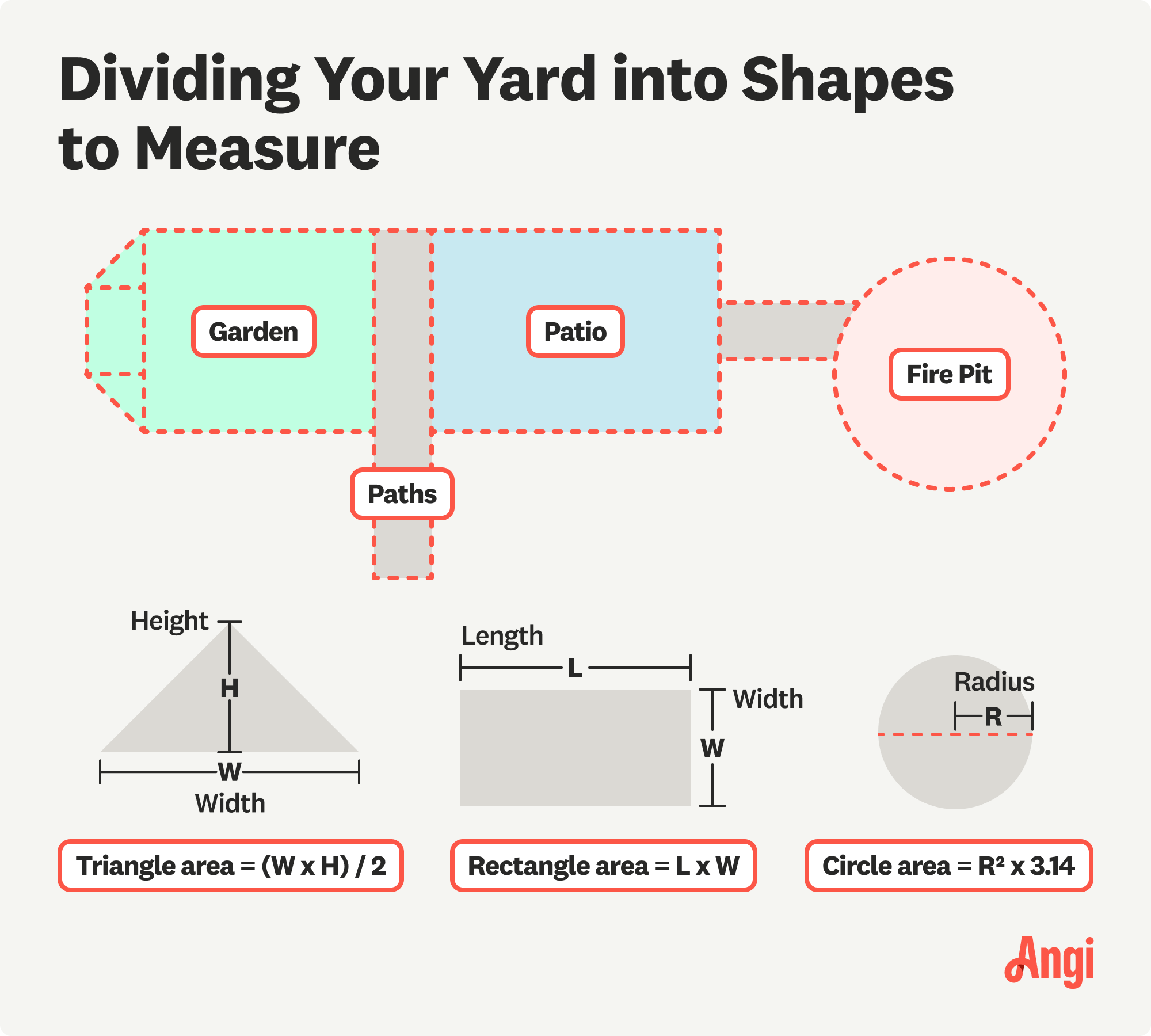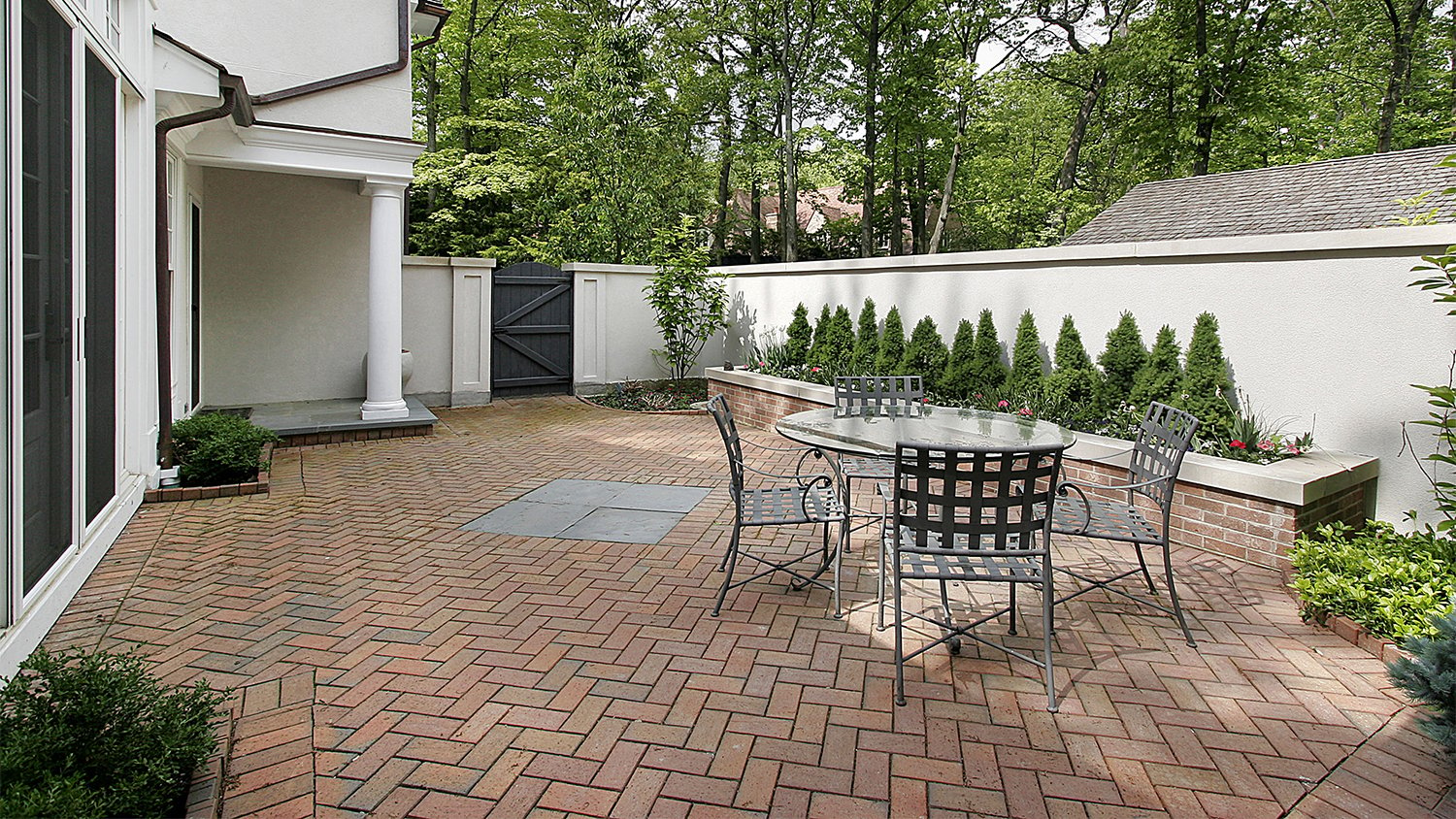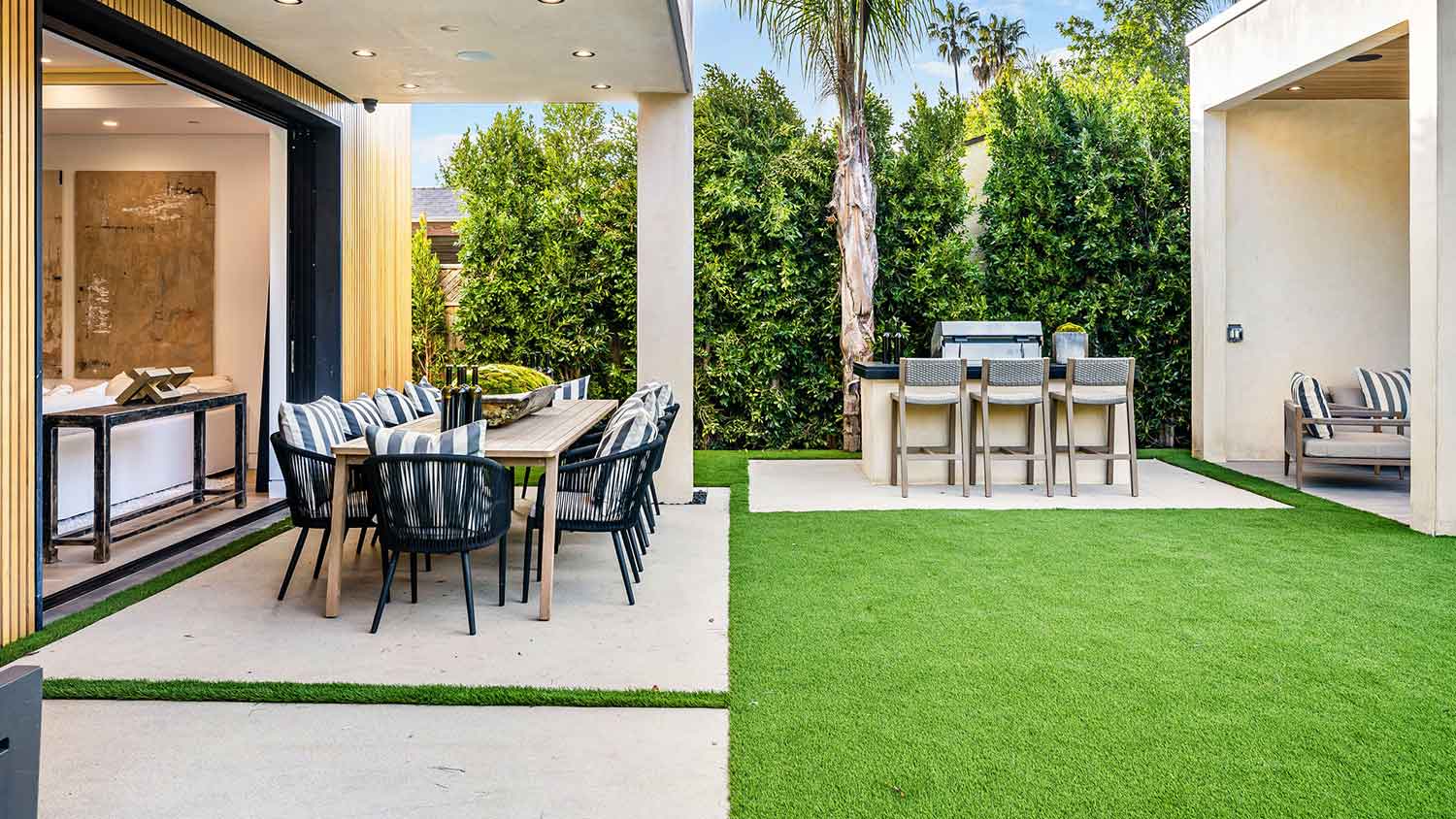
Thinking of adding a pergola to your backyard space? Find out motorized pergola costs by size, material, and add-on features with this guide.
Your next home project is just a stone’s throw away


Knowing your volume requirements is key when working with stone.
Different gravel sizes will have different weights.
Some projects require area calculations, not volume.
You may need to use multiple formulas to determine how much stone you need.
When working with stone, knowing how much you need is essential to avoid overpurchasing or running out of materials. This guide will walk you through all the calculations required when working with stone to determine the right amount of material for your project.
This article covers crushed stone and stone used for flat projects like stone pathways or facades. Almost all stone projects will fit into these two categories. The table below shows estimated stone requirements for common projects.
| Project | Measurements | Stone Requirements |
|---|---|---|
| Retaining wall | 10 ft. x 2 ft. x 3 ft. | 60 cu. ft. or 2.2 cu. yd. |
| Footpath | 20 ft. x 3 ft. x 4 in. | 20 cu. ft. or 0.8 cu. yd. |
| Patio base | 12 ft. x 12 ft. | 48 sq. ft. |
| Gravel driveway | 40 ft. x 10 ft. x 4 in. | 134 cu. ft. or 4.9 cu. yd. |
| French drain | 30 ft. x 1 ft. x 1 ft. | 30 cu. ft. or 1.2 cu. yd. |
| Firepit base | 6-ft. diameter x 3 in. | 7.1 cu. ft. or 0.3 cu. yd. |
There are some important things to keep in mind:
1 cubic yard is 3x3x3 feet (27 cubic feet in a cubic yard).
1 cubic foot is 12x12x12 inches (1,728 cubic inches in a cubic foot).
All volume is shown as a unit to the third power (example: ft³, m³, in³).

Most stone projects are standard rectangular ones like driveways, drains, and walls. Use the following formula to calculate the volume of stone required:
Volume of a Rectangle = Length (in feet) x Width (in feet) x height (in feet)
For cylindrical projects, use the following formula:
Volume of a Cylinder = π x Cylinder Radius (squared) x Cylinder Height
To find the radius, measure from one end of the circle to the other and divide by two. If you can’t measure straight across, wrap a measuring tape around the cylinder to find the circumference. Then, use the following formula to find the radius: radius = circumference / (2 x π).
Retaining walls, chimneys, drains, and other projects commonly require calculations that result in cubic measurements (volume amounts). For projects with hard angles like rectangles and squares, you’ll always need three measurements: the length, width, and height. For pillars and other cylindrical projects, you’ll only need the height and radius.

For projects where you’ll just need to cover something—wall, walkways, et cetera—you only need square footage requirements. Assuming you’ll be using a flat stone like flagstone, you’ll need two measurements for your project: the length and height.
For triangles, measure the length of the triangle’s base, multiply by the height from the base to the tip of the triangle, and then divide by two.
Homeowners interested in stone projects should talk to a local masonry pro. They’ll be able to accurately determine stone requirements, which stone is best for your project, and provide an accurate quote for completion.
From average costs to expert advice, get all the answers you need to get your job done.

Thinking of adding a pergola to your backyard space? Find out motorized pergola costs by size, material, and add-on features with this guide.

Looking to spruce up your outdoor entertaining area? Learn how much it costs to seal pavers and what factors to consider when estimating your total.

Flagstone gives your outdoor space a gorgeous, rustic feel. Find out the cost of flagstone per square foot or per ton. Our expert cost guide helps you plan your budget for your flagstone project from walkways to patios to walls.

Learn how to winterize a patio to protect your outdoor space from cold temperatures and prep for the start of spring.

A concrete patio is an affordable addition for outdoor dining and entertaining, but cracks are unsightly. Learn the answer to the question, “Why is my concrete patio cracking?”

Composite decking is made of synthetic and natural materials and tends to last longer than wood. Learn what composite decking is and its pros and cons.